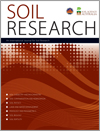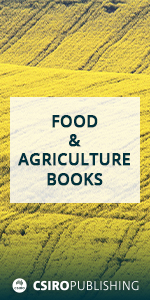Deep sands on the south coast of Western Australia have major soil limitations that prevent crops from achieving their potential yields. We have shown that ameliorating these soils with tillage and organic amendments crop yield can be increased by more than 1 t ha−1 yr−1 over nine consecutive years, compared to no amendments, through enhanced chemical and physical fertility. While these results show crop yield reaching their potential the cost of doing so is unlikely to lead to adoption.
SR24221 Abstract | SR24221 Full Text | SR24221PDF (707 KB) | SR24221Supplementary Material (383 KB) Open Access Article





